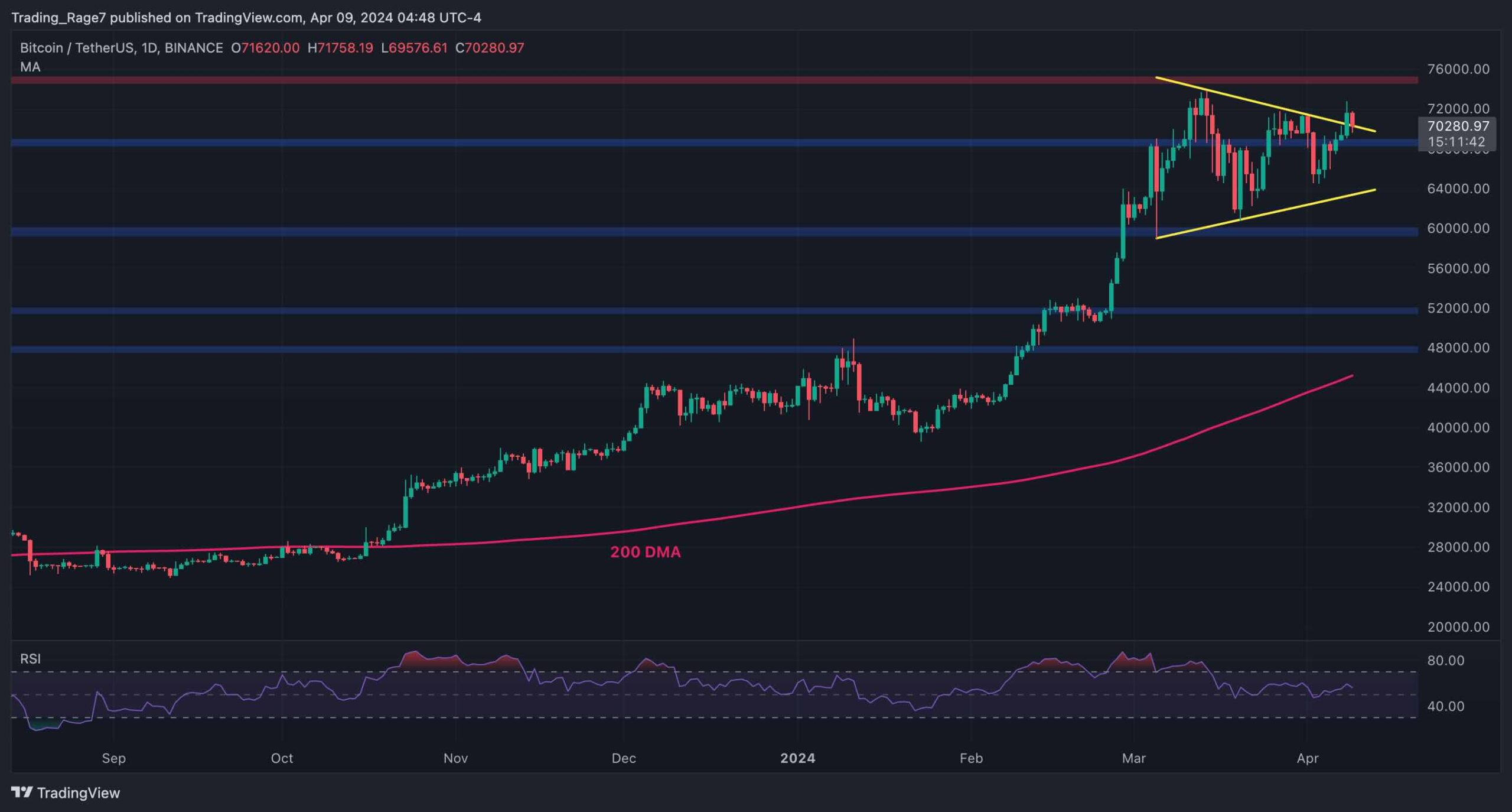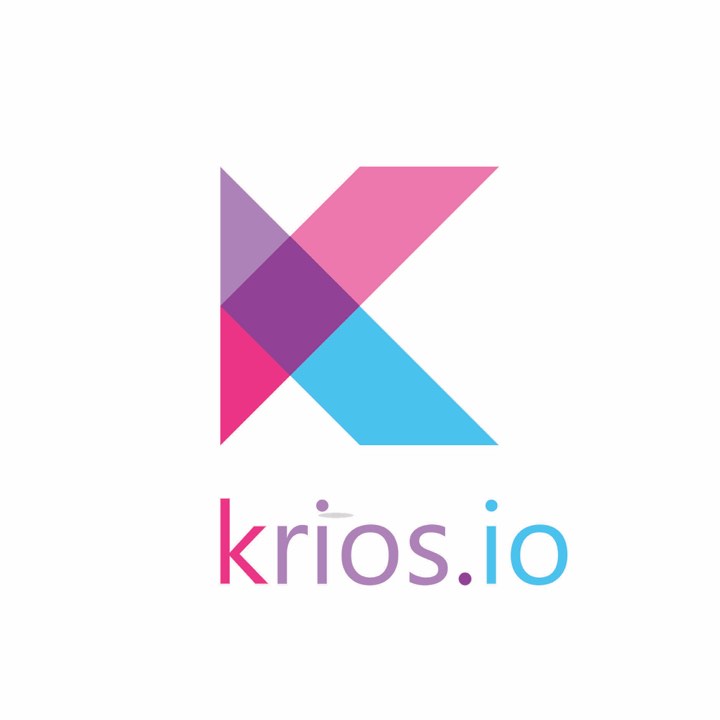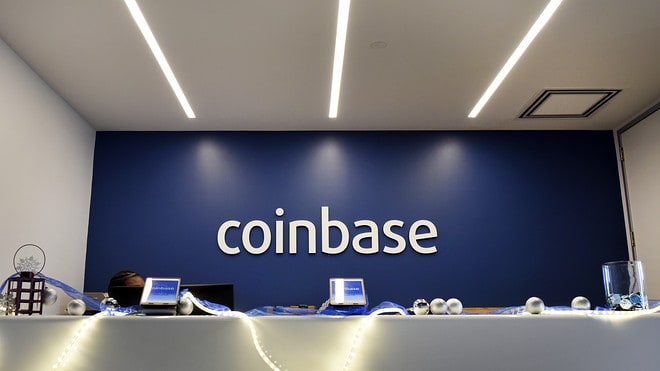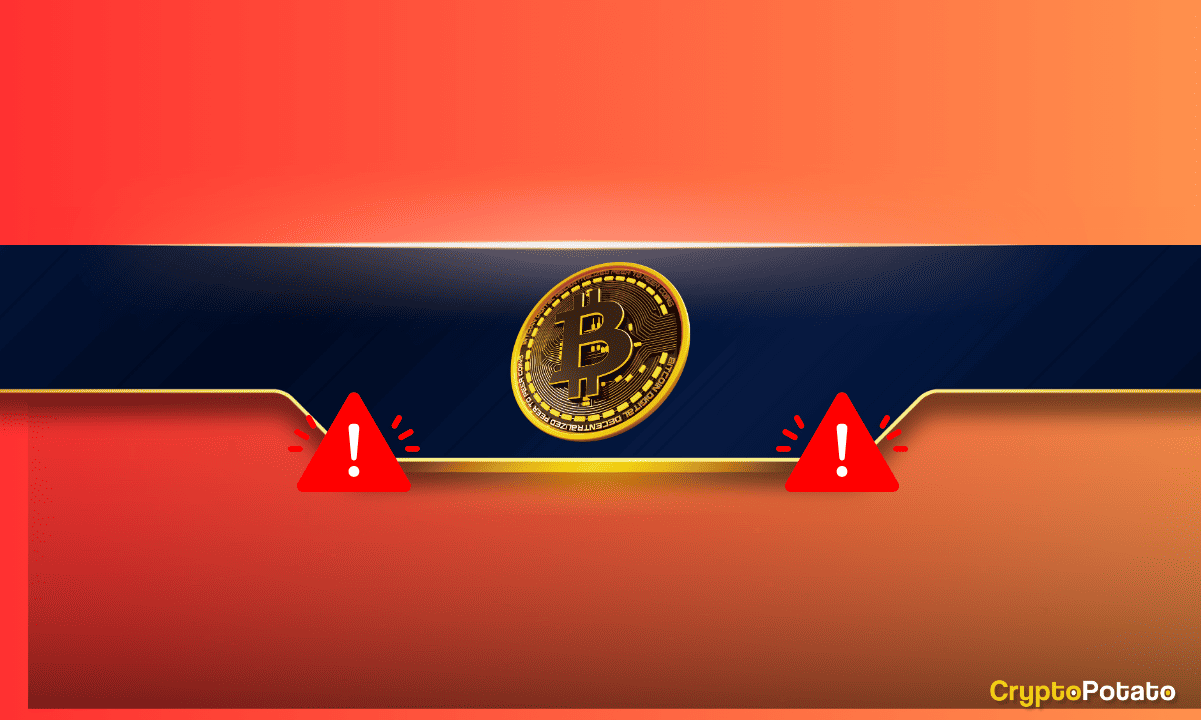The History of Social Trading – Birth and Evolution
At a glance, inexperienced traders may believe that social trading is out of their reach and that only professional traders can take advantage of it. But this is because they don’t know what social trading implies!
By definition, this type of trading means that beginner traders can copy and mirror the trading strategies – as well as signals – used by professional traders, and then use them in their own trades.
In short, think of a trading social network where traders talk about strategies, tips, and ideas that can be used within a trading platform! On top of that, well-known brokers with a social trading platform implemented enjoy an increased activity, user retention, and more first-time deposits – making social trading highly useful for both brokers and traders.
Social Trading – the Inception
Believe it or not, social trading didn’t take complex strategies or equations to be invented. It was all done via old-fashioned emails – and even newsletters, in some cases.
Back in the day, expert and master traders would notify other people that they’re about to open a trade with a simple email. Naturally, the traders knew that the expert was a pro and, as such, followed his lead.
The same happened when it was time to close a trade. The expert would simply notify the other traders via email, and they’d close the trade.
Naturally, what is known as the earliest form of social trading – displayed above – has evolved a lot in the past few years and, at the moment, we couldn’t imagine how social trading – as it is now – would work without the tools that brokers have implemented in their platforms.
Social Trading – the Evolution
As mentioned, in the early days of social trading, people relied on emails if they wanted to follow the strategy of an expert trader. Nowadays, those are usually referred to as trading signals and are, in fact, used today as well – but via the tools that were specially built to make social trading easier.
First, let’s take a look at why the initial way of social trading had to change, to evolve into something better.
- Emails Were too Slow
Even though emails are still the way to send and receive information, they are too slow for the trading world. As you know, the data on the stock market, for example, changes almost every single second. As a result, you sometimes only have a split second to enter a trade. Emails were, naturally, too slow to promote productive trading; some say that, in some instances, they became counterproductive.
- Trading Chat Rooms
Therefore, people felt the need for a faster way to follow their master. Eventually, they made use of private chat rooms, known as trading rooms, where they would freely talk and also exchange trading tips, strategies, and information.
In such a trading room, the professional trader would simply type in the information they wanted to share, and, in less than a second, the other traders would know what to do in their trades.
- The Imperfection of Chat Rooms
Even though the private rooms allowed for instant communication, they came with two significant flaws that disadvantaged the trader – both the expert and the novice one.
First, private chat rooms had a service fee that its users had to pay if they wanted to use them. As such, social trading in its early days was not a free service. Then, traders also had to check the chat room while waiting for information constantly. This implied hours and even entire days lost waiting for information that may never come.
- Brokers to the Rescue
Chat room service fees and the long waiting times were upsetting for traders. Moreover, they were upsetting for brokers too, as they couldn’t enjoy a stable retention rate – since most traders left, switched platforms, and so on.
Even though brokers weren’t that involved in social trading, they saw an opportunity for improvement and decided to come up with tools that will help not only traders but brokerage firms as well.
- Automated Signal-Generating System
In 2005, the Tradency brokerage introduced the first automated social trading platform. The little tool that they implemented – named Mirror Trader – would generate automated signals for traders (based on the movements of professionals) and notify them. Even in the crypto space, you could find lots of Telegram groups delivering daily signals.
On top of that, successful traders could also set up their own trading strategy and let other people mirror them. Users, on the other hand, were free to choose whichever trader they wanted and follow their strategy!
- Mirror to Copy
The method outlined above was perfect for traders – but it also saw a major change. Namely, after some refining, traders would be able to copy another trader’s trades directly – from that point, mirror trading became known as copy trading.
However, this system came with disadvantages as well – namely, the fact that trading strategies had to be approved beforehand and that traders didn’t see any social interaction while trading.
- Social Trading as a Social Platform
Mirror and copy trading didn’t tend to the wishes of the traders mainly because the latter wanted not only more social interaction but also a certain level of transparency between the users/traders of a specific platform.
As such, thanks to some more refining, social trading now implied a simple link of the personal account of a trader with their trading portfolio. When doing so, their trading history would become visible to all other people that wanted to learn from them. It’s safe to say that this method promoted complete transparency between traders!
The Bottom Line
The great result was that followers of a certain trader could simply just ask the master trader any questions they wanted. Social trading platforms and tools made for a platform very similar to one of the social networks!
Naturally, the only difference was that, in social trading platforms, people cared only about trading! New/novice traders can now simply join such a network and start mirroring/copying professional traders and their trading strategies.
Some tools allow them to copy the portfolio of a master trader entirely, allowing people to truly study a trading strategy and maybe even come up with their own – for better profits and better trading.
Disclaimer: This is a contributed article and should not be taken as investment advice. Read below the full disclaimer.
The post The History of Social Trading – Birth and Evolution appeared first on CryptoPotato.









